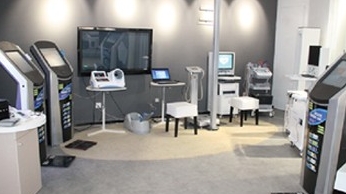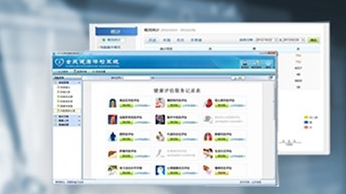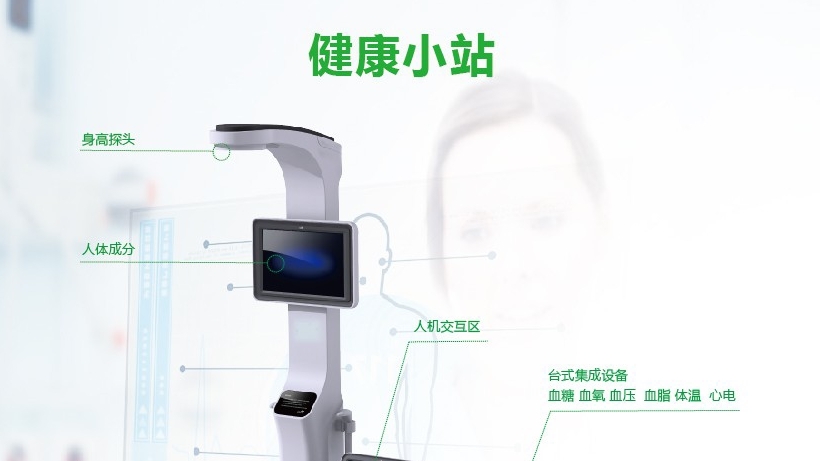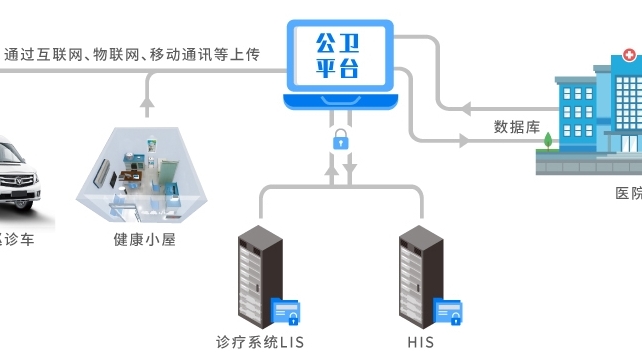 濟南易享醫療科技有限公司
濟南易享醫療科技有限公司
服務熱線:185 5315 8035
聯系地址:濟南市高新區新濼大街1666號齊盛廣場2號樓15樓
慢病隨訪包步驟和建議
醫務人員使用隨訪包確定慢病患者的隨訪方式與效率時,可以遵循以下步驟和建議:
When medical personnel use follow-up packages to determine the follow-up methods and efficiency of chronic disease patients, they can follow the following steps and suggestions:
一、明確隨訪目的與需求
1、 Clarify the purpose and needs of follow-up
首先,醫務人員需要明確隨訪的目的,即了解患者的病情變化、評估治療效果、提供健康指導等。同時,還需要考慮患者的具體需求和偏好,如年齡、身體狀況、交通條件等,以確定最適合的隨訪方式。
Firstly, medical personnel need to clarify the purpose of follow-up, which is to understand changes in the patient's condition, evaluate treatment effectiveness, and provide health guidance. At the same time, it is necessary to consider the specific needs and preferences of patients, such as age, physical condition, transportation conditions, etc., in order to determine the most suitable follow-up method.
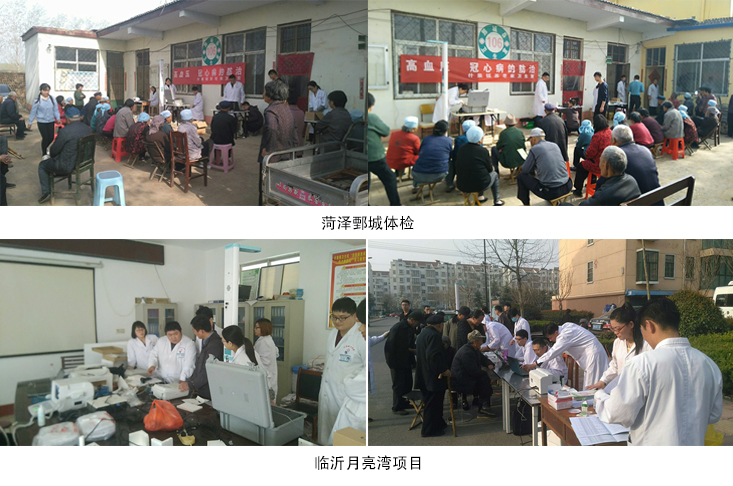
二、選擇合適的慢病隨訪包方式
2、 Choose the appropriate chronic disease follow-up package method
門診隨訪:對于行動便利、病情穩定的患者,可以選擇門診隨訪。在門診隨訪中,醫務人員可以面對面地與患者進行交流,進行詳細的體格檢查和必要的輔助檢查。
Outpatient follow-up: For patients with convenient mobility and stable condition, outpatient follow-up can be chosen. During outpatient follow-up, medical staff can communicate with patients face-to-face, conduct detailed physical examinations, and necessary auxiliary examinations.
家庭訪視:對于行動不便、病情較重的患者,可以選擇家庭訪視。醫務人員攜帶隨訪包前往患者家中,進行必要的健康檢查和評估,同時提供健康指導和支持。
Family visit: For patients with mobility difficulties and severe illness, family visit can be chosen. Medical staff carry follow-up kits to patients' homes for necessary health checks and assessments, while providing health guidance and support.
電話隨訪:對于居住偏遠、交通不便或需要頻繁隨訪的患者,可以選擇電話隨訪。通過電話交流,醫務人員可以了解患者的病情變化、用藥情況和需求,并給予相應的指導和建議。
Telephone follow-up: For patients who live in remote areas, have inconvenient transportation, or require frequent follow-up, telephone follow-up can be chosen. Through telephone communication, medical staff can understand the patient's changes in condition, medication situation, and needs, and provide corresponding guidance and advice.
三、評估隨訪效率
3、 Evaluate follow-up efficiency
制定隨訪計劃:根據患者的具體情況和隨訪目的,制定詳細的隨訪計劃,包括隨訪時間、隨訪內容、隨訪方式等。確保隨訪計劃具有可操作性和針對性。
Develop follow-up plan: Based on the specific situation and purpose of the patient, develop a detailed follow-up plan, including follow-up time, follow-up content, follow-up methods, etc. Ensure that the follow-up plan is operable and targeted.
使用隨訪包進行高效檢查:隨訪包中通常配備了多種醫療設備,如血壓計、血糖儀等。醫務人員應充分利用這些設備,快速、準確地完成必要的健康檢查,以提高隨訪效率。
Efficient examination using follow-up package: The follow-up package usually comes equipped with various medical devices, such as blood pressure monitors, blood glucose meters, etc. Medical personnel should make full use of these devices to quickly and accurately complete necessary health checks to improve follow-up efficiency.
利用信息技術輔助隨訪:借助健康管理平臺或專業數據分析軟件,對患者的健康數據進行分析和評估。這不僅可以提高隨訪效率,還可以為制定個性化的治療方案提供科學依據。
Using information technology to assist follow-up: With the help of health management platforms or professional data analysis software, analyze and evaluate patients' health data. This can not only improve follow-up efficiency, but also provide scientific basis for developing personalized treatment plans.
優化隨訪流程:通過不斷實踐和總結,優化隨訪流程,減少不必要的環節和重復工作,進一步提高隨訪效率。
Optimize follow-up process: Through continuous practice and summarization, optimize the follow-up process, reduce unnecessary steps and repetitive work, and further improve follow-up efficiency.
四、確保隨訪質量
4、 Ensure follow-up quality
加強培訓:對醫務人員進行隨訪管理培訓,提高他們的專業素養和隨訪技能。
Strengthen training: Provide follow-up management training for medical personnel to improve their professional competence and follow-up skills.
建立隨訪記錄:詳細記錄每次隨訪的內容、結果和建議,以便后續分析和評估。
Establish follow-up records: Detailed records of the content, results, and recommendations of each follow-up for subsequent analysis and evaluation.
定期評估與調整:根據患者的病情變化和治療需求,定期評估隨訪效果,并適時調整隨訪方式和內容。
Regular evaluation and adjustment: Based on the patient's condition changes and treatment needs, regularly evaluate the follow-up effect, and adjust the follow-up methods and content in a timely manner.
醫務人員使用隨訪包確定慢病患者的隨訪方式與效率時,需要明確隨訪目的與需求、選擇合適的隨訪方式、評估隨訪效率并確保隨訪質量。通過這些措施的實施,可以為慢性病患者提供更加高效、便捷和個性化的醫療服務。
When medical personnel use follow-up packages to determine the follow-up methods and efficiency of chronic disease patients, they need to clarify the purpose and needs of follow-up, select appropriate follow-up methods, evaluate follow-up efficiency, and ensure follow-up quality. Through the implementation of these measures, more efficient, convenient, and personalized medical services can be provided for patients with chronic diseases.
本文由慢病隨訪包友情奉獻.更多有關的知識請點擊:http://www.sunjl.com我們將會對您提出的疑問進行詳細的解答,歡迎您登錄網站留言.
This article is dedicated to friendship For more information, please click: We will provide detailed answers to your questions. You are welcome to log in to our website and leave a message
